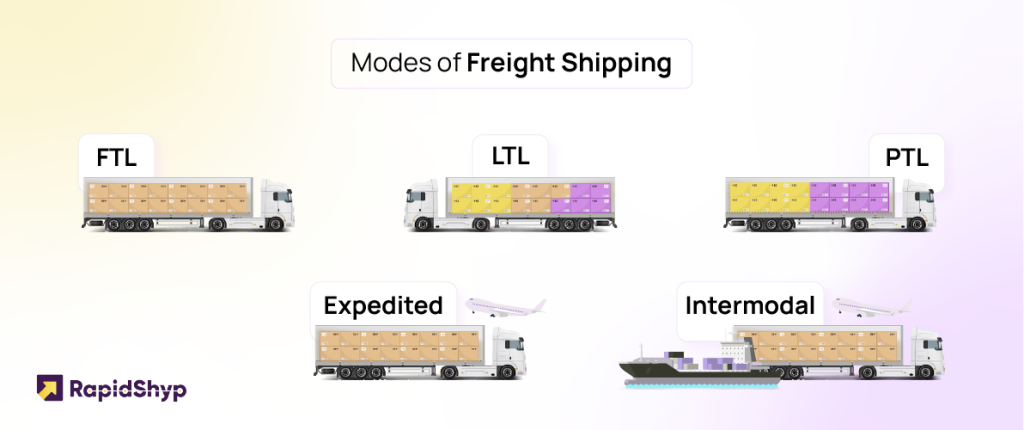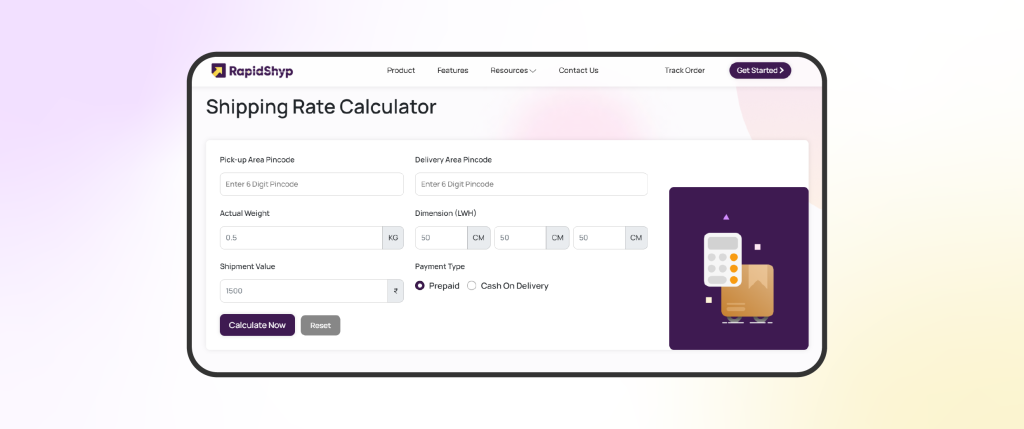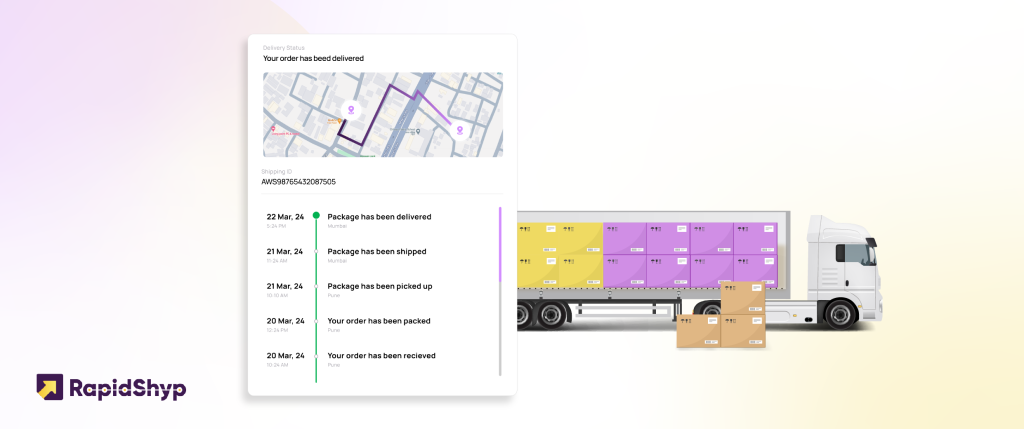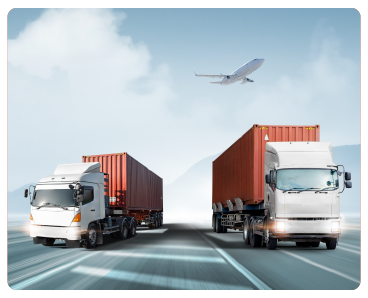Table of Contents
Freight shipping is at the heart of eCommerce, moving goods from warehouses to customers, often over long distances. As online businesses scale, the need for faster, more reliable logistics becomes critical. Customers today demand not only speed but also affordability and transparency. That’s where modern freight shipping companies near me and specialised services like less than truckload shipping come into play.
What is Freight Shipping?
Freight shipping is the transportation of large shipments using various modes like road, rail, air, or sea. Unlike parcel shipping, which deals with smaller packages, freight focuses on larger shipments that need more coordination and special handling. Think of it as the difference between shipping a small box and a massive pallet of goods.
When a shipment exceeds 68 kg or about 150 pounds, it usually qualifies as freight. This means you need larger transport vehicles and more planning to get the shipment to its destination safely.
When looking for scalable solutions, many eCommerce businesses search for freight shipping companies near me to reduce delays and costs through local hubs and efficient route optimisation.
What Qualifies as a Freight Shipment?
Not every large shipment qualifies as freight. To be considered freight, your shipment must generally weigh more than 150 pounds and measure at least 30x30x30 inches.
In freight shipping, there are two main types of loading:
- Floor-loaded: Items are placed directly on the floor of the truck or container.
- Palletised: Goods are loaded onto wooden or plastic pallets, making them easier to handle with forklifts and offering better protection.
Palletised shipments are a go-to option since they provide extra protection and streamline loading and unloading.
Common Freight Shipping Modes

Depending on the size and urgency of your shipment, you have several freight shipping modes to choose from. Here’s a breakdown:
- Less than Truckload (LTL)
LTL shipping is perfect for small volumes, usually ranging from 1 to 6 pallets. The beauty of LTL is that you share truck space with other sellers, cutting down on costs. But note that your goods may be transferred between trucks to reach their final destination.
- Full Truckload (FTL)
FTL is for when you have enough goods to fill an entire truck (roughly 24-26 pallets). It’s direct, with no transfers along the way, minimising damage risks and speeding up the delivery process.
- Partial Truckload (PTL)
PTL shipments are a mix between LTL and FTL, perfect for transporting 6-12 pallets. They’re more affordable than FTL but offer quicker deliveries than LTL.
- Intermodal
Intermodal shipping uses a mix of transportation modes (rail, road, sea, air) to deliver freight. It’s ideal for long-distance shipments, combining the benefits of each mode to reduce costs and enhance delivery times.
- Expedited
When time is critical, expedited freight gets your goods there quickly, even if it means using planes or dedicated trucks. It’s faster but more expensive, so it’s perfect for urgent orders.
Why Freight Shipping is a Game-changer?
You’re probably wondering why you should choose freight shipping. Well, here are the key reasons:
1. Cost-effective
Freight shipping is more economical when you need to move large quantities. If your business is growing and parcel shipping costs are rising, freight shipping (especially LTL) allows you to share costs and save money.
2. Scalable
As your business expands, intermodal shipping gives you the flexibility to scale. Whether it’s seasonal surges or expanding into new markets, you can adjust your shipping needs easily.
3. More Efficient
Freight shipping often uses direct routes, cutting out unnecessary stops and reducing delivery times. If you need it fast, Full Truckload (FTL) or expedited shipping are your go-to options for speedy service.
4. Less Risky
Palletised shipments reduce the chance of damage. Plus, FTL shipments are handled less frequently, meaning your goods stay safe throughout the journey.
5. Flexible
With freight, you have access to multiple modes of transportation, including air, rail, road, and sea. You get to choose what works best for your needs, optimising both cost and efficiency.
6. Transparent
Modern freight services often include real-time tracking, so you’ll always know where your shipment is. This transparency allows you to make informed decisions and update customers on the status of their orders.
What affects Freight Shipping Pricing?
Understanding freight shipping costs can help you manage your budget better. Here are the main factors that influence pricing:
1. Weight and Dimensions

The cost is largely based on how much space your freight takes up and how heavy it is. The bigger or heavier the shipment, the more it will cost. But, don’t forget: some carriers charge based on volumetric weight, too.
2. Distance
Naturally, shipping farther distances costs more. Domestic shipments are cheaper than international ones, especially when multiple modes of transport are involved.
3. Mode of Transportation
Air freight is fast but expensive, while sea and rail are more affordable options for large volumes, though they take longer.
4. Freight Classification
Freight is classified based on its density, stability, and other factors. The higher the classification, the higher the rate. International shipments also face customs duties and taxes, which can add up.
5. Fuel Surcharges
Carriers often apply fuel surcharges, which can change based on fluctuating fuel prices. Be sure to factor these into your pricing.
Understanding these factors can help you manage and predict freight shipping costs more effectively, giving you greater control over your logistics budget.
Best Practices for Freight Shipping in eCommerce
To keep things running smoothly and cost-effectively, follow these best practices:
1. Optimise Packaging
Proper packaging prevents damage and maximises space in the freight vehicle, helping reduce shipping costs. Always consider using pallets or crates to protect your goods.
2. Choose the Right Freight Class
Make sure you classify your shipment correctly to avoid unexpected fees. Review the dimensions, weight, and handling requirements before shipping.
3. Plan Ahead of Time
Shipping internationally or over long distances? Plan your shipments in advance to lock in better rates and avoid expedited costs.
4. Track Shipments in Real time
Use tracking tools to stay updated on your shipment’s status. This allows you to handle any delays and keep your customers informed.
5. Partner with a Reliable Freight Provider
Work with a trustworthy freight partner who offers excellent customer service, reliable shipping options, and advanced tracking systems. Your logistics partner can make all the difference.
By adopting these best practices, businesses can streamline their freight shipping operations, improve cost efficiency, and offer better service to customers.
Finding the Best Freight Shipping Partner
Choosing the right freight shipping partner is essential. Here’s what to look for:
1. Experience and Expertise
Choose a partner with extensive experience in handling different types of shipments and industries. Their knowledge of logistics, regulations, and best practices will help optimise your shipping process and ensure smoother operations.
2. Comprehensive Service Offerings
Your ideal partner should offer a variety of shipping models (LTL, FTL, intermodal, expedited) and specialised services (e.g. temperature-sensitive or fragile items). This flexibility ensures they can meet your changing needs as your business grows.
3. Strong Network and Coverage
A freight partner with a robust network covering domestic and international destinations ensures fast, reliable deliveries. Look for partners who have access to different transportation methods—road, rail, air, and sea—to provide the most efficient solutions.
4. Technology and Tracking Capabilities

Advanced tracking tools and real-time shipment visibility are vital for efficient logistics. A good partner will offer up-to-date information, helping you manage shipments, reduce delays, and improve customer satisfaction.
5. Customer Support and Responsiveness
Reliable customer service is essential. Choose a partner with a responsive team ready to resolve issues quickly, whether it’s a shipment delay or a sudden change in delivery requirements. Their support ensures you maintain control over your logistics operations.
Conclusion
Freight shipping plays a vital role in the eCommerce ecosystem. Whether you’re managing large orders or need urgent deliveries, freight services offer flexibility, speed, and cost savings. By understanding the various shipping methods and working with a reliable partner, you can streamline your logistics, improve customer satisfaction, and scale your business effectively.
Don’t let the complexity of freight shipping slow you down—use the right strategies, and you’ll stay ahead of the competition.
Calculate Your Shipping Rates

| Courier Partner | Mode | Chargeable Weight (KG) | Shipping Rates |
|---|



